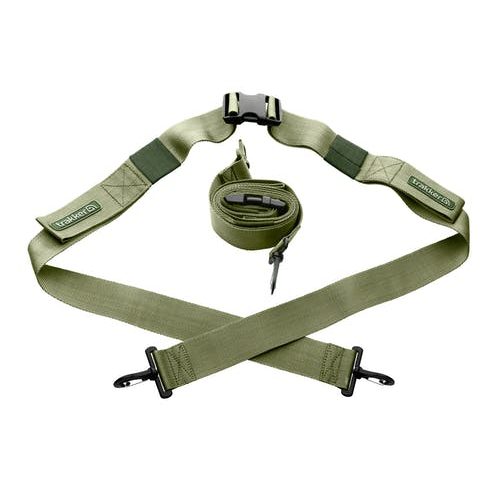The world of equipments is filled with a lot of options, and it’s vital to get acquainted with a tool and its proper purpose.
Load straps are a commonplace item that may not appear to be vital, but they play a key role in securing freight and holding down equipment when it is being moved.
According to a survey, the demand and popularity of load straps have increased manifold with the rise in machinery and technology.
Before beginning to use this item, it is exceptionally crucial that you are well versed in its safety and usage. Read further to know more.
What Are Load Straps?
Load straps, also known as lashing straps or tie-downs, are supportive equipments that are primarily used for hauling and are a popular technique for holding equipment and cargo of varying weights, sizes, and forms in place.
They are used to fasten and secure cargo and equipment during transit by air, sea, or land, rendering them a useful safety and health item for keeping items from falling off the transport and in position until delivered and hauled off.
They can be used for a plethora of tasks from vehicle recovery to transportation of cars on the back of lorries. They prove useful in heavy equipment transportation, freight movement on ships, planes, or trains, and personal use.
A Quick Guide on How To Use Them Correctly
You would like to be sure you’re using your straps correctly, or else you risk significant difficulties and mishaps endangering other people, which might cost you time and resources to remedy and get your products delivered.
It is advised that you use your straps properly and adhere to the rules. You should check the webbing and handle mechanism for damage and to make sure they’re safe to use for fastening your belongings.
Open The Handle
The first step is to detach the handle by releasing the catch, which is also known as the release lever. Pull up on the release catch and fully open it, pointing the open slot up to feed the end of the webbing through.
It functions similarly to an aeroplane seat belt and is located in the center of the item’s top moveable portion.
Accessing The Axle
The next step is to lock it so that the axle assembly can be easily accessed so that the strapping can be fed through it.
Feeding The Strapping Through
Lead the strapping or webbing from behind the assembly and slide it through the bottom slot, also referred to as the mandrel, before pulling it out the same direction you put it through.
Attaching The Hooks
The next step is to situate the ratchet assembly and the hook on the other extremity of the webbing or strap. It’s crucial to get it in place initially, and then you can fasten the strap later to safeguard the items being transported.
Removing The Slack
Remove the excess slack in between two hooks in the next step to ensure it’s secure and in place.
Tightening The Slack
After you’ve dealt with the surplus slack, tighten the residual slack to confirm it’s secure.
Make sure you don’t overtighten the straps because this could harm your cargo and the strap, thus requiring you to replace them before their lifetime has run its course.
Close The Handle
After executing all the previous steps to perfection and ensuring that the strap is in a tight position and the cargo is secure, you can close the strap by flipping it over and closing the handle to lock the strap till you hear a click.
If you don’t hear it click, it’s possible that you haven’t tightened it enough or that the product is defective.
Summing It Up
Load straps can help you out in your daily life a lot. Like any instrument or tool, it is incredibly crucial that you follow all the proper steps and processes so as to ensure the safety of yourself and those around. What are you waiting for? Lock, load, and go forth!

